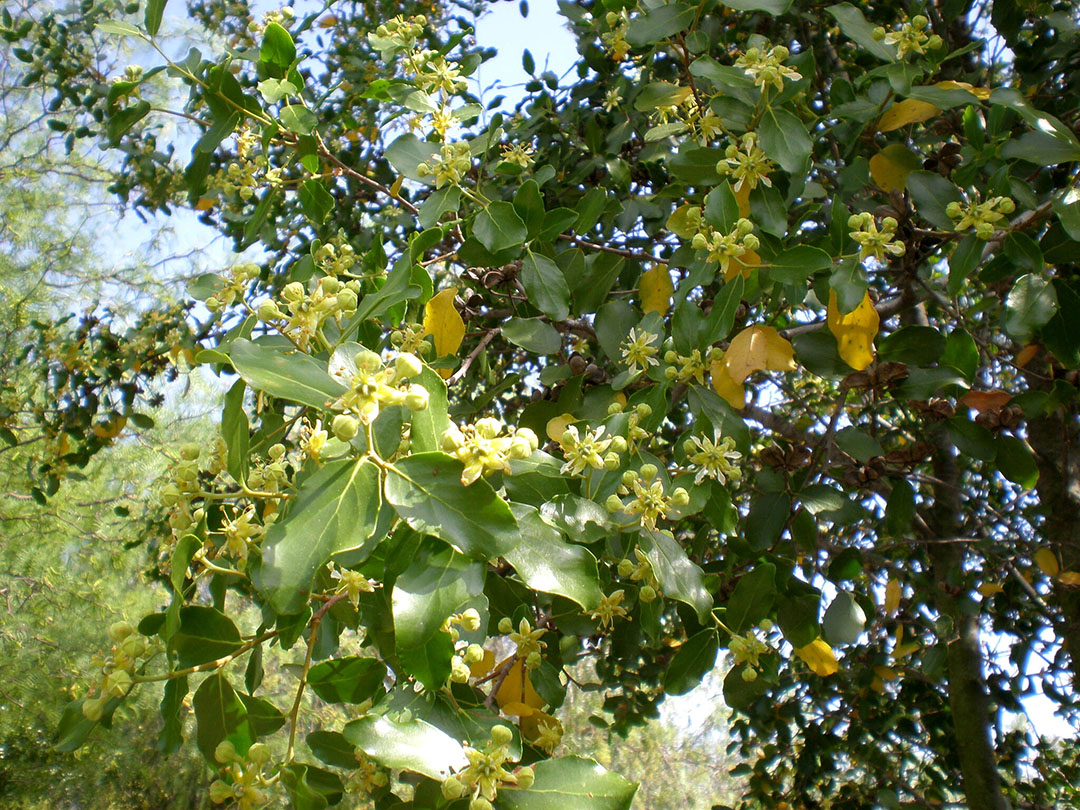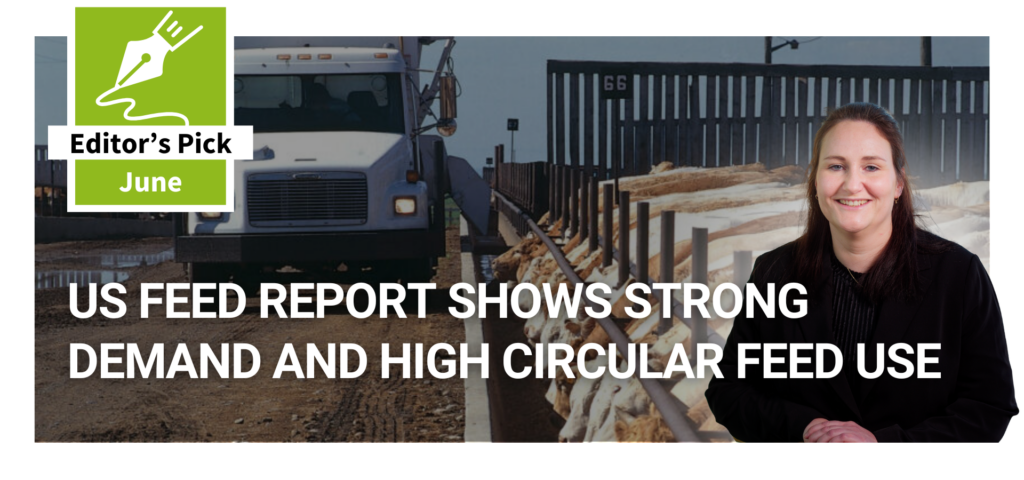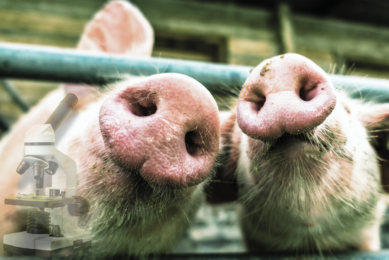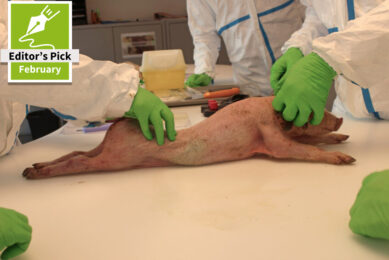Technologies that improve gut health

Gut health is heavily affected by nutrition and also environmental stress. Saponins derived from plants have been shown to reduce the negative effects of Eimeria infections in broilers.
Part of the Gut Health 2022 Special
The profitability of commercial poultry production is heavily dependent upon feed efficiency. The performance objectives for broilers continue to improve year-on-year, but genetic potential is not easy to achieve in commercial production without excellent management practices, which include supplementing feed and water additives to improve gut health. There is no doubt that healthy chickens grow faster than their compromised counterparts. One direct measure of gut health is feed efficiency, assuming that healthy birds are more able to assimilate feed than unhealthy birds. Stress factors divert the energy gained by feed away from growth, reallocating it to the stress response. Therefore, gut health is heavily affected by diet, immunological status, and environmental stress. This article discusses two common sources of disease in commercial poultry production: litter bedding and drinking water.
Litter bedding
Reused litter bedding harbours Eimeria oocysts and Clostridium perfringens, which cause Coccidiosis and Necrotic Enteritis, as well as pathogens causing foodborne illnesses like Salmonella. Although built-up litter bedding can harbour harmful microorganisms, a recent study demonstrates that built-up litter inoculates chicks with a small dose of commensal bacteria that boosts their immune system and limits horizontal gene transfer of antimicrobial-resistant Salmonella. Therefore, there is a delicate balance between gaining the immunoprotective benefits of rearing birds on built-up litter and mitigating the reduction in performance caused by Eimeria and other harmful microbes.

Quillaja Saponaria and Yucca schidigera
Saponins are plant-derived compounds known to exert numerous biological activities. Recent research has shown that combinations of saponins derived from Quillaja saponaria (the Chilean soapbark tree) and Yucca schidigera (a desert plant of the American southwest) diminished the adverse effects of Eimeria infections in broilers. This combination of Quillaja and Yucca (QY) is a commercially prepared product (Magni-Phi, Phibro Animal Health Corp., Teaneck, New Jersey, USA) that consists of 100% ground plant biomass formulated in a proprietary ratio where Quillaja is the primary component. Since Quillaja saponins are widely used as adjuvants and facilitate antigenic recognition, and Yucca saponins are known to modify cytokine production, QY is likely involved in several aspects of the immune response, therefore, improving gut health. According to recent research, these improvements include increased villus height and crypt depth reduction, which are associated with increased surface area for the absorption of nutrients, and improved intestinal efficiency. In unchallenged, disease-free broilers, QY enhanced nutrient digestibility, indicating that broilers fed QY more readily digested proteins, fats, and minerals and that the effects of QY on nutrient digestibility are not dependent upon the reduction of Eimeria or other pathogens in the intestine.
Water, an essential nutrient
Although QY feed additives are effective in their own right, clean drinking water is an essential and often overlooked nutrient that is required to maximise the impact of any feed or water additive. Improperly managed water lines commonly contain bacteria and biofilm, a slimy extracellular matrix composed of polysaccharides, proteins, lipids, and DNA surrounding densely grouped populations of microorganisms. Biofilm protects bacteria and is an essential mechanism enabling them to develop antimicrobial resistance. Similar to how excessive biofilm in the drinker lines can reduce the flow of water and provide a substrate on which bacteria can proliferate, excess biofilm and cellular debris in the gastrointestinal tract of chickens can reduce nutrient absorption by blocking absorption sites. Since drinking water is a favourable and common reservoir for poultry pathogens and biofilm, adequate sanitation and treatment are essential. Fortunately, solutions are available to maintain water quality and help mitigate the stress induced by built-up litter. Maintaining excellent water quality begins before bird placement and continues throughout rearing by flushing and cleansing drinker lines to break up biofilm and prevent its formation. Power flushing involves increasing the pressure of individual drinker lines to fill them with a cleaning solution (or untreated water at an absolute minimum) to remove sediment, slime, and biofilm. With multiple drinker lines per house and often multiple houses per farm, manually power flushing by opening and closing valves and adjusting the pressure can be very time-consuming. Not to mention that routine maintenance should be performed during the grow-out using a chemical that is safe for the birds to consume since biofilm can accumulate rapidly.
Stacking feed and water additives
Automated water management systems, like AviHydro (AHPharma, Inc., Hebron, MD USA), facilitate power-flushing and intermittent dosing of antimicrobials that cleanse the water lines, reducing biofilm without the need for a grower to open and close valves manually. For example, effective drinking water management systems can automatically fill the drinker lines with a cleaning solution like hydrogen peroxide, leave it in the lines for 24 hours to loosen biofilm, then power-flush it out of the system and refill the lines with clean water for the birds to consume upon placement. A recent study conducted by AHPharma and Phibro Animal Health demonstrated the efficacy of this strategy by administering QY in the feed and automatically disinfecting the drinking water with 5ppm chlorine dioxide one day per week. Dosing chlorine dioxide one day per week did not damage drinker line equipment, as is commonly reported with continuous administration of chlorine products. Additionally, the combination of QY and chlorine dioxide significantly reduced (or in some cases eliminated) weekly Salmonella shedding compared to either product alone, indicating that a combination or stack of products in the feed and water can effectively reduce Salmonella incidence in broilers while maximising performance on built-up litter. Future studies will measure the efficacy of administering QY in drinking water, followed by a weekly flushing and disinfection programme to maintain water quality and prevent biofilm accumulation.
Detailed research results and product information are available upon request.







